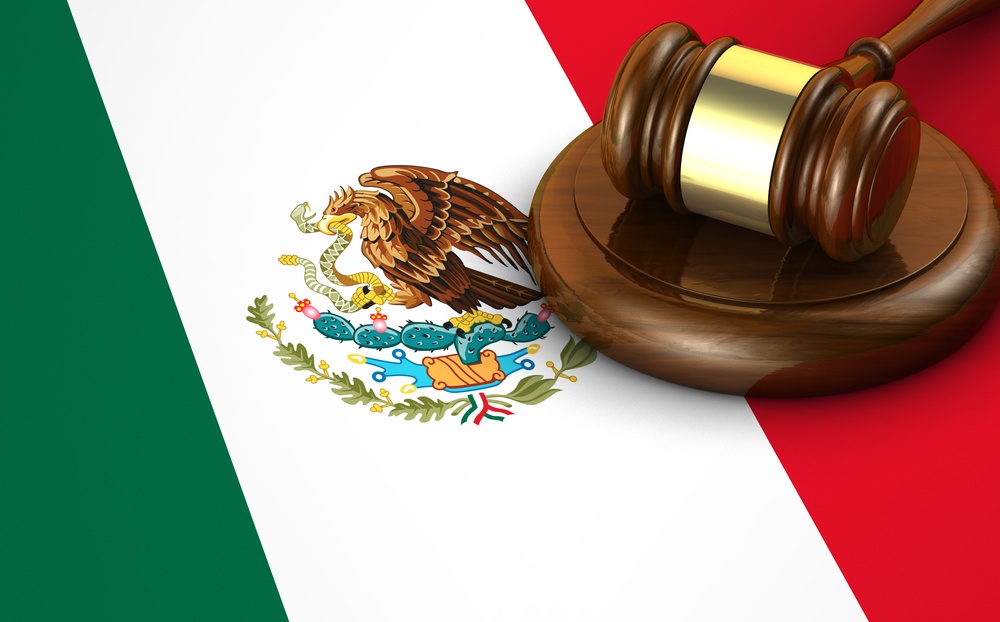The Mexican electricity market has undergone significant transformations driven by the 2013 Energy Reform, which was fully implemented in 2016. This reform marked a pivotal moment, opening up Mexico's power market to private investors and fostering competition.
Previously dominated by government entities like the Federal Electricity Commission (CFE), the market now welcomes private companies, encouraging innovation and modernization. With the introduction of wholesale trading, electricity distribution and pricing have become more dynamic, reflecting regional demand variations and diverse pricing models.
The shift towards a more diversified energy mix, including renewables, nuclear power, and carbon-capture technologies, aligns with Mexico's goal of sourcing half of its electricity from clean energy by 2050. Despite these changes, the full impact of the reform is yet to be realized, and ongoing NAFTA renegotiations aim to ensure the continuity of these reforms in Mexico's energy sector.
Mexico's Reform on Electricity
At the beginning of 2016, Mexico’s power market was opened for wholesale trading for the first time in almost 70 years. By moving government units and creating company independence, the Mexican energy reform enabled the electricity market to open up to private investors to increase market competition and build a wholesale market. The process began by selling medium and long term distribution auctions into the wholesale market.
Energy and capacity are pulled from four subsidiary power generation companies that were once operated by the government’s Federal Electricity Commission, CFE (Comision Federal de Electricidad). But, CFE is still the only supplier of retail electricity. A former subunit of the CFE, CENCE (Centro Nacional de Control de Energía) operates Mexico’s energy grid as the independent system operator.
Electricity Price and Distribution in Mexico
Distribution and pricing methods are calculated on base, intermediate, and peak rates throughout the day that reflect a regional demand. Depending on the area’s average consumption, access to a generator, and the type of machinery being used, electricity rates across Mexico maintain different price ranges.
Wholesale operation prices around the country ranged from $48 per MWh to $60 per MWh (USD) during the first six months. The U.S. Energy Information Administration averaged electricity prices for the first half of 2016 and found that Mexico’s border regions averaged around $23 per MWh (USD). During the same time period, Mexico’s southern Baja peninsula and Yucatan regions averaged about $63 per MWh and $119 per MWh (USD). Normally, electricity in regions along the US border is less costly than central and southern parts of the country. The border region has the ability to import power from generators in California and Texas, while the Yucatan and southern areas have fewer options with limited transmission. Much like any other country, summer electricity prices rise as the hot months increase cooling needs.
Although the energy reform is in its implementation phase, providers and consumers have yet to see an effect from the change. The reform’s impact isn’t expected to surface for another couple of years.
Clean Energy in Mexico
The reform also allows Mexico to move closer toward its goal of using clean energy sources that will incrementally supply half of the electricity by 2050. The transition to clean Mexican energy sources includes using renewables, nuclear power, carbon-capture technologies, and more efficient generation networks.
In March of 2017, Mexico’s first long-term auction for the development of new electricity generation capacity. Contracts to develop 1.8 gigawatts of new solar and wind capacity were auctioned off and awarded to eleven companies, with an average contract price of $45 per megawatt/hour. Clean Energy Certificates were also awarded at the auction, and help enable Mexico to move toward its goal of using more low-carbon energy sources.
Electricity and NAFTA
Mexico and the rest of North America is trying to use the NAFTA renegotiation as a platform to bring the energy reform, along with other energy changes, to the table. The reform is still in its implementation phase, and negotiators are hoping to work with the new stipulations and keep a the open market competitive.
Mexico’s energy sector had been closed to the public for decades before the energy reform, and a potential reversal by future governments is possible unless reform stipulations are embedded into an international agreement. Implementing Mexico’s energy reform into NAFTA renegotiation will ensure that the reform will continue to stay in place.
Overall, Mexico’s current electricity distribution and prices are unchanged until the reform’s implementation stage is well underway. The energy reform pushed for change in private markets, distribution centers, clean energy and prices. As NAFTA negotiations are underway, Mexico’s electricity market looks to be unharmed until final decisions are made.
Subscribe
Sign up and stay informed with tips, updates, and best practices for manufacturing in Mexico.





